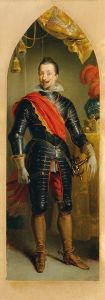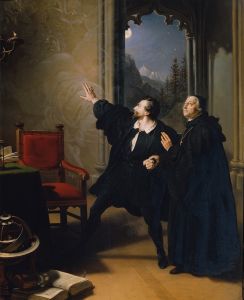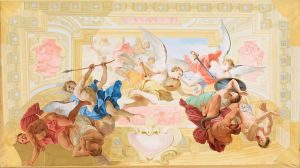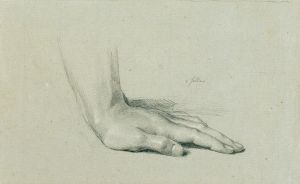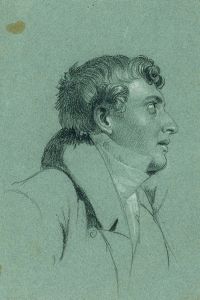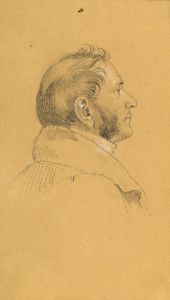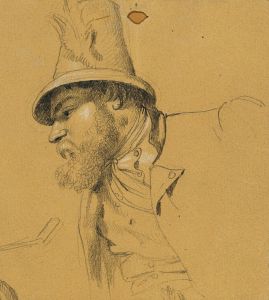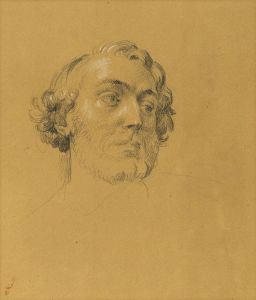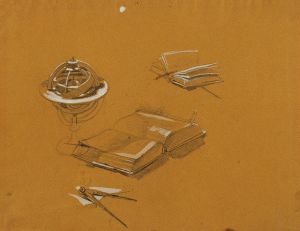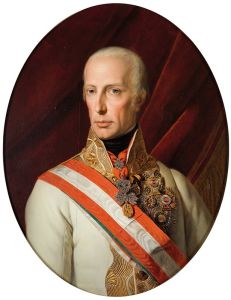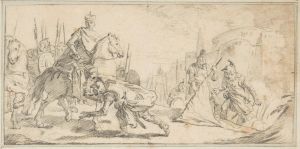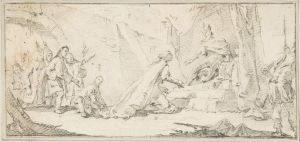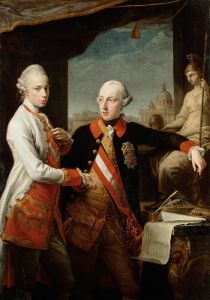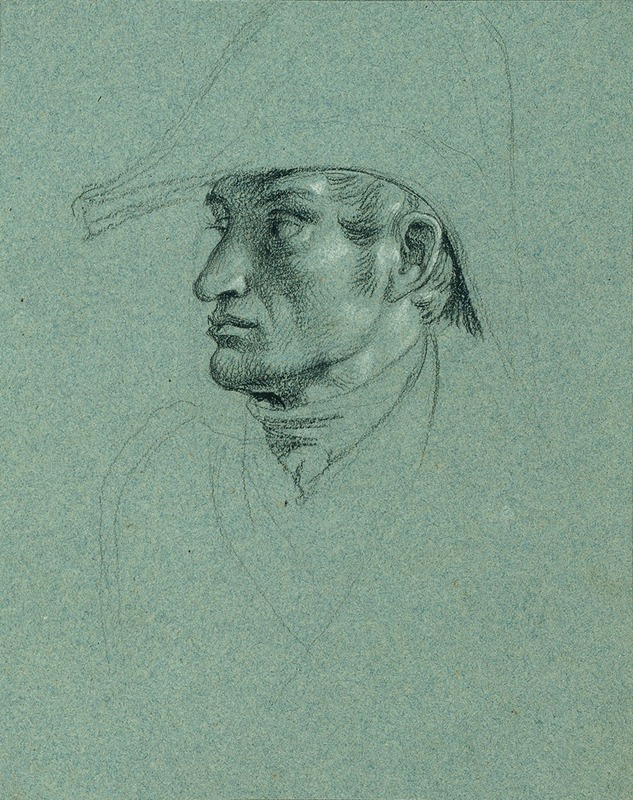
Kopfstudie zu ‘Rückkehr des Kaisers Franz aus Pressburg’
A hand-painted replica of Johann Peter Krafft’s masterpiece Kopfstudie zu ‘Rückkehr des Kaisers Franz aus Pressburg’, meticulously crafted by professional artists to capture the true essence of the original. Each piece is created with museum-quality canvas and rare mineral pigments, carefully painted by experienced artists with delicate brushstrokes and rich, layered colors to perfectly recreate the texture of the original artwork. Unlike machine-printed reproductions, this hand-painted version brings the painting to life, infused with the artist’s emotions and skill in every stroke. Whether for personal collection or home decoration, it instantly elevates the artistic atmosphere of any space.
Johann Peter Krafft's Kopfstudie zu ‘Rückkehr des Kaisers Franz aus Pressburg’ (Head Study for ‘The Return of Emperor Franz from Pressburg’) is a preparatory study created by the Austrian painter Johann Peter Krafft (1780–1856). Krafft was a prominent artist of the Biedermeier period, known for his historical paintings, portraits, and genre scenes. This particular work is a head study, which served as part of the preparatory process for his larger historical painting, Rückkehr des Kaisers Franz aus Pressburg (The Return of Emperor Franz from Pressburg).
The larger painting commemorates a significant historical event: the return of Emperor Franz I of Austria (1768–1835) from Pressburg (modern-day Bratislava, Slovakia) after the signing of the Peace of Pressburg in 1805. This treaty marked the end of the War of the Third Coalition, following Napoleon Bonaparte's decisive victory at the Battle of Austerlitz. The treaty had profound consequences for the Austrian Empire, including territorial losses and political restructuring. Krafft's work aimed to celebrate the emperor's return and to emphasize his role as a unifying figure during a tumultuous period in European history.
Kopfstudie zu ‘Rückkehr des Kaisers Franz aus Pressburg’ is a study focused on capturing the detailed facial features and expressions of one of the figures intended for the final composition. Such studies were a common practice among painters of the time, allowing them to refine individual elements before integrating them into the larger work. The study demonstrates Krafft's skill in rendering lifelike expressions and his attention to detail, which were hallmarks of his artistic approach.
The medium and dimensions of the head study are not widely documented, but it is likely that Krafft used oil on canvas or a similar medium, as was typical for his preparatory works. The study is believed to be part of a collection of sketches and preparatory pieces that Krafft created during the development of the final painting. The current location of the head study is not definitively known, but some of Krafft's works are housed in institutions such as the Belvedere Museum in Vienna, which holds a significant collection of Austrian art.
Johann Peter Krafft's contributions to Austrian art are notable for their historical significance and technical mastery. His works often reflect the political and cultural climate of his time, making them valuable both as artistic achievements and as historical documents. While the head study itself may not be as widely recognized as the completed painting, it provides insight into Krafft's meticulous creative process and his dedication to historical accuracy.





